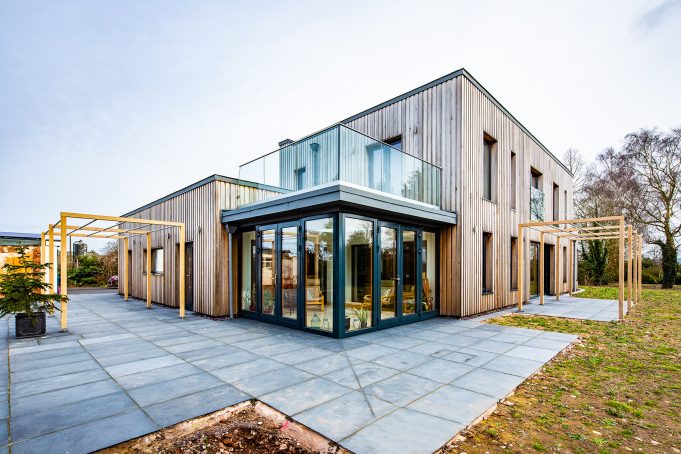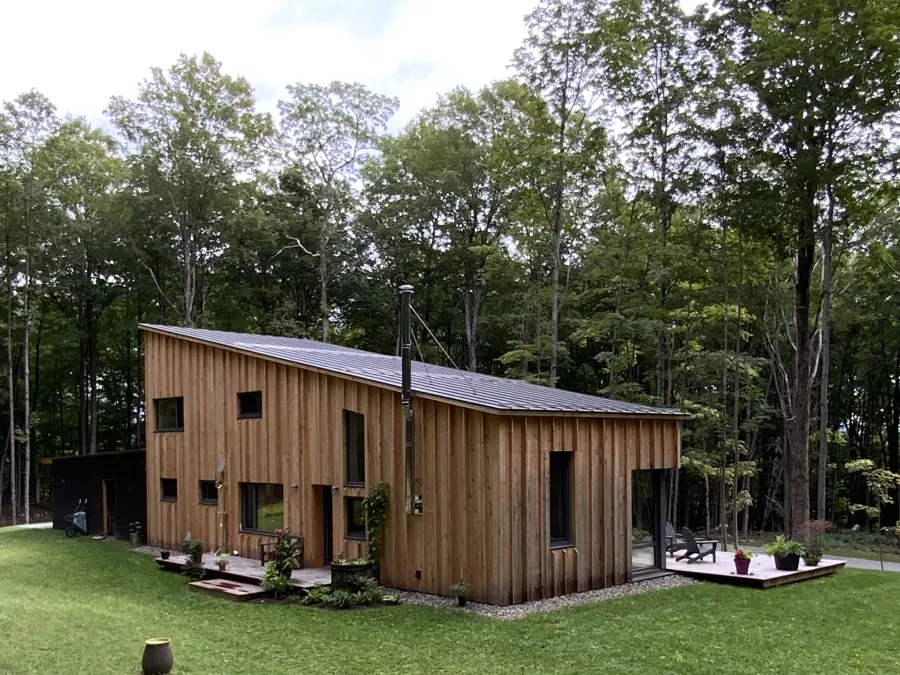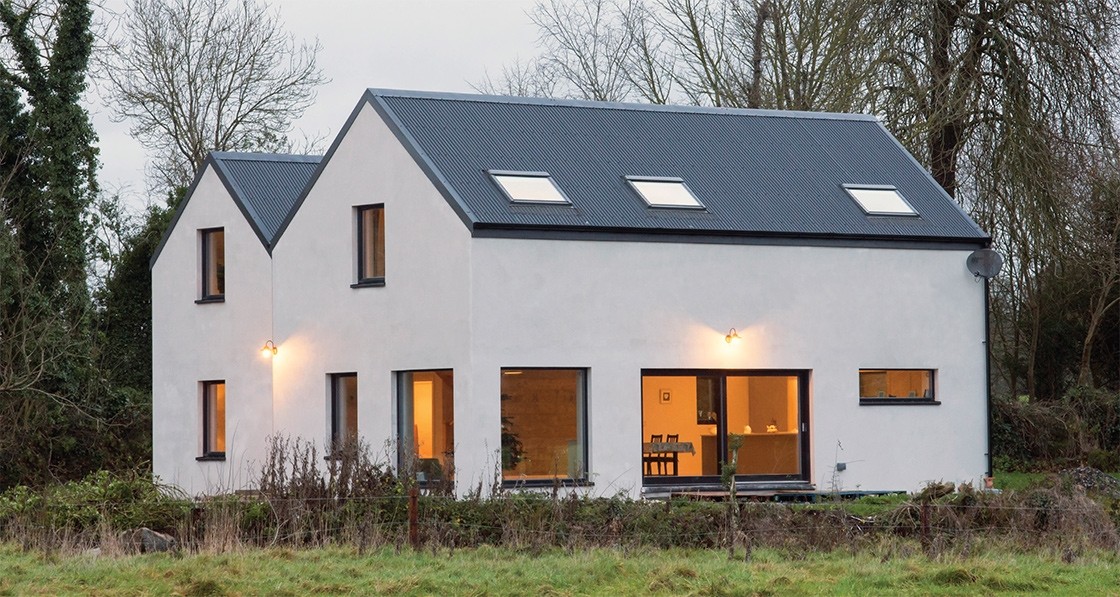With the growing concern for energy efficiency and environmental sustainability, passive houses have become a popular choice among homeowners. A key aspect of these energy-efficient homes is air sealing. Understanding and implementing effective air sealing methods can significantly enhance the performance of a passive house. In this guide, we’ll explore some of the most effective techniques for air sealing in passive houses.
Passive house heating and cooling is another essential aspect to consider for energy efficiency.
Understanding the Importance of Air Sealing
Before diving into the techniques, it’s crucial to understand why air sealing is vital for passive houses. Air sealing minimizes the amount of uncontrolled air infiltration and exfiltration within the building, which significantly reduces energy consumption for heating and cooling. It also helps maintain a comfortable indoor environment by preventing drafts and cold spots.
Effective Techniques for Air Sealing
Now let’s delve into the various techniques that can be used for air sealing in passive houses. These methods include the use of high-performance tapes and membranes, spray foam insulation, and gaskets. Each of these techniques has its own set of benefits and is suitable for different parts of the house.
Choosing the Right Technique
Choosing the right air sealing method depends on various factors such as the design of the house, the climate, and the homeowner’s budget. It’s essential to consult with a professional to determine the most effective and cost-efficient method for your specific situation.
For more detailed information on passive houses, you can visit this comprehensive resource.
Conclusion
Proper air sealing is crucial for the performance and comfort of a passive house. By understanding and implementing the right techniques, homeowners can enjoy a comfortable, energy-efficient living environment. Remember to secure solar wiring tightly and seal and store solar energy for an optimal passive house experience.





